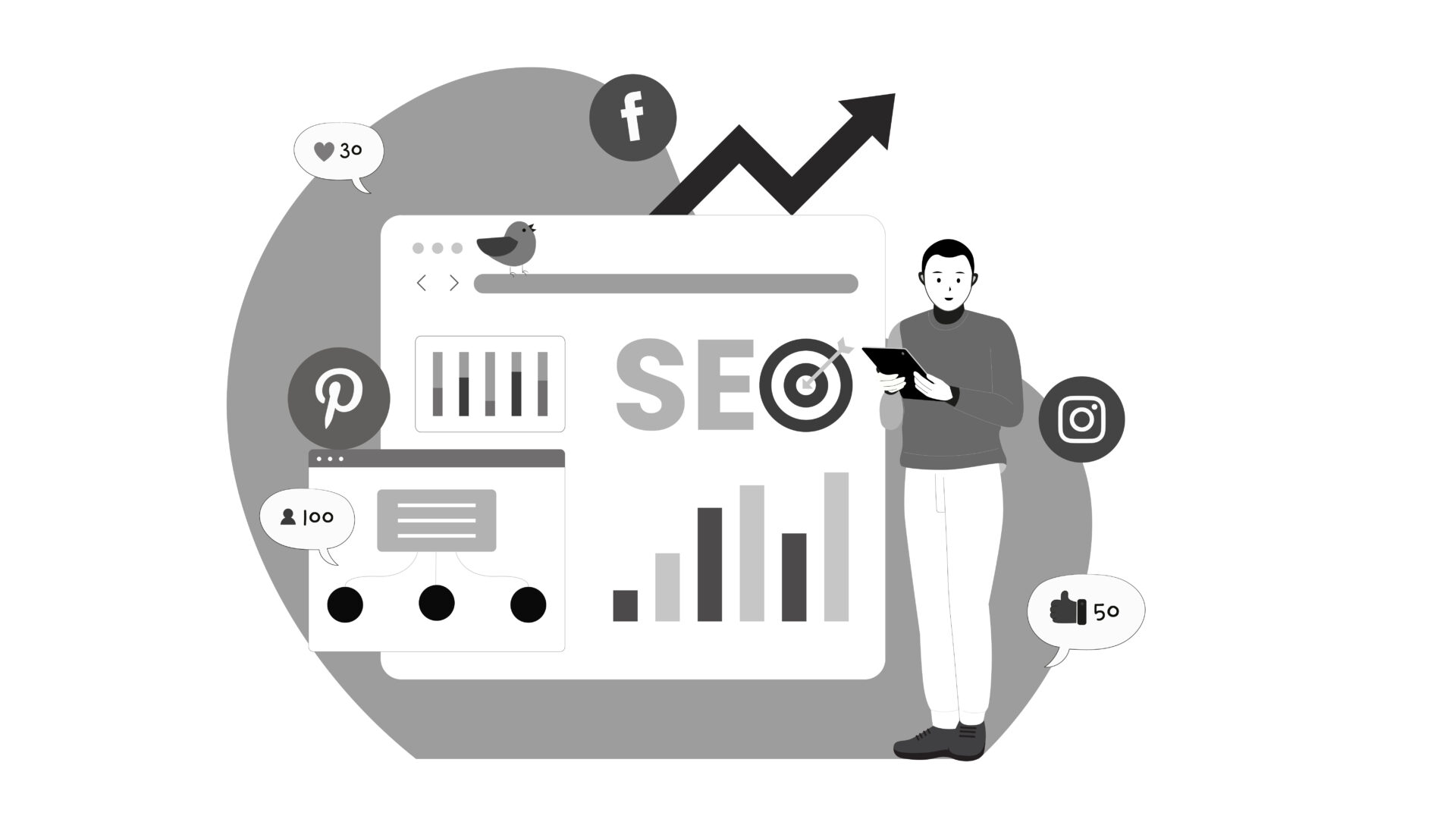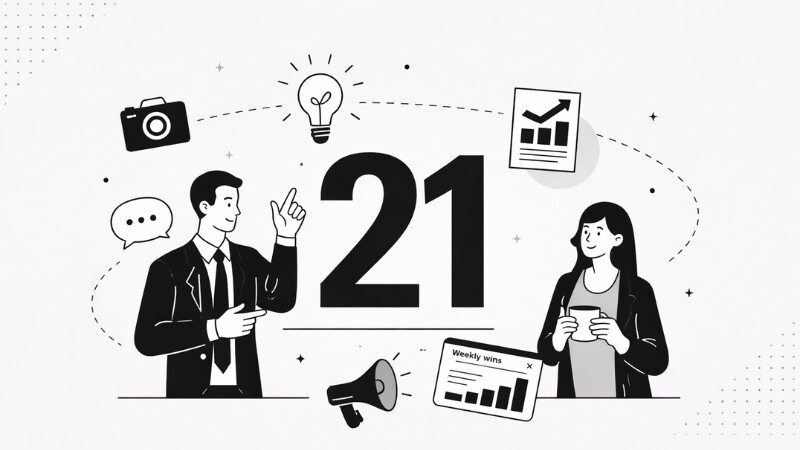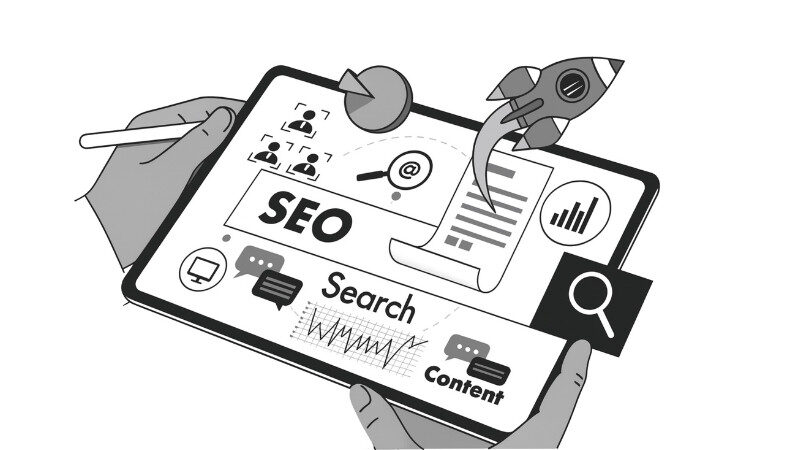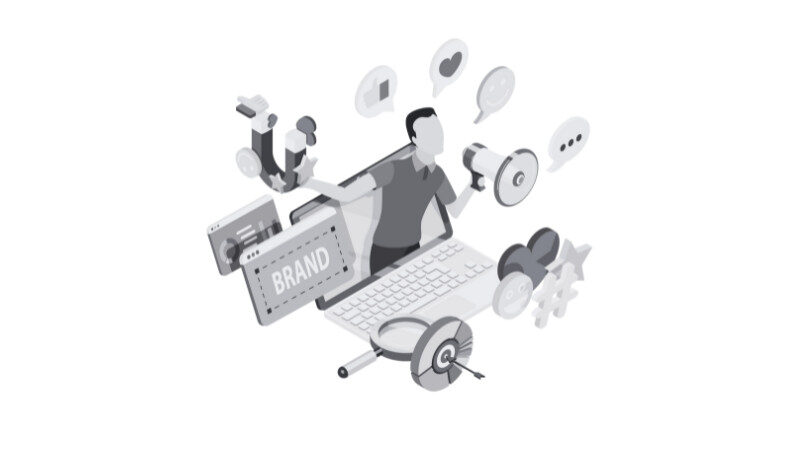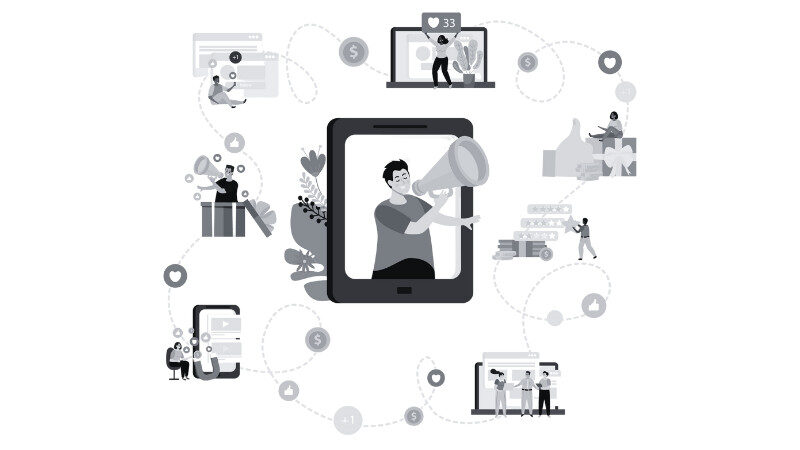Social media is now a search engine. While likes and shares don’t directly rank pages, they boost traffic, backlinks, and branded searches, fueling SEO growth. Repurpose content, use long-tail keywords, leverage influencers, and track trends early. Treat social plus SEO as one strategy, not silos, for sustainable visibility in 2025.
Search Engine Optimization (SEO) and social media are often seen as two different worlds. One is about ranking on Google, the other about building followers and engagement. But in 2025, they’re quite connected.
Social media is no longer just for scrolling or sharing selfies, it’s where people search, discover, and make decisions. Surveys show that 43% of consumers use social media to discover products, making platforms like Instagram and YouTube “search engines” in their own right.
If you’re still treating SEO and social as separate silos, you’re missing a huge opportunity. Here’s how to make them work together strategically.
Table of Contents
Toggle1. The Indirect Power of Social Media on SEO
Google may not count likes, but in 2025 it does count what happens after them. Understand the S.E.A.R. Loop:
- Social sparks attention via shares, comments, reposts
- Engagement drives users to your site, lowering bounce rates, boosting dwell time
- Awareness leads to journalists/bloggers discovering your content, and thus, backlinks
- Rankings improve as branded searches and authority signals stack up
Example: A fintech blog post gets shared on LinkedIn → a journalist cites it in an article → 3 quality backlinks appear → Google boosts the original post’s ranking.
Takeaway: Social isn’t a direct ranking factor, but it creates the conditions for SEO wins faster than cold outreach alone. Think of this as the hidden engine of social media SEO: the likes and shares themselves don’t rank you, but the ripple effects do
2. Social Media for Local SEO
For local businesses, social is a secret weapon. In 2025, many people don’t Google “best café in Jaipur”, they type it into Instagram Maps.
- Instagram Maps & Tags: Add location stickers/hashtags so users can find you under “Places.”
- Steps:
- Use posts and Stories with your exact business location
- Add hyper-local hashtags like #BandraBreakfast or #ChandniChowkEats
- Post during peak hours (12–2 PM, 5–7 PM)
- Encourage customers to tag your business
- Facebook Reviews: These often appear in Google results.
- Pro tip: Send automated follow-up emails asking happy customers to leave reviews. Aim for 3–5 new ones monthly
- Local Content: Share posts highlighting your city, neighborhoods or landmarks.
- Example content calendar: Monday Neighborhood Spotlight, Wednesday Local Partners, Friday Community Events
For local businesses, social media SEO matters as much as Google Maps optimization.
Also Read: How to Build Trust with LinkedIn Content Marketing
3. Repurpose Smarter, Not Harder
Repurposing has to be all about adapting top-performing content for each platform. It is at the heart of any strong social media SEO strategy in 2025.
Process:
- Use Google Analytics to find your most-visited blog pages (long dwell time, low bounce rates)
- Repurpose them strategically:
- Instagram → 10-slide carousels with stats
- YouTube → 5–8 min tutorials
- LinkedIn → 3–4 key insights as individual posts
- Shorts → quick tips or myth-busting clips
Tools: Canva (carousels), Loom (screen recordings), Buffer/Hootsuite (scheduling) would help
Social listening: Use Mention or Brand24 to see what your audience is asking. Set alerts for your main keywords + “how to/what is/best way to” to uncover new content opportunities.
4. Long-Tail Keywords for Higher Conversions
Generic keywords bring browsers, long-tail keywords bring buyers. But 2025 is the year bios and captions become SEO real estate.
Finding and Using Long-Tail Keywords for Social Media SEO
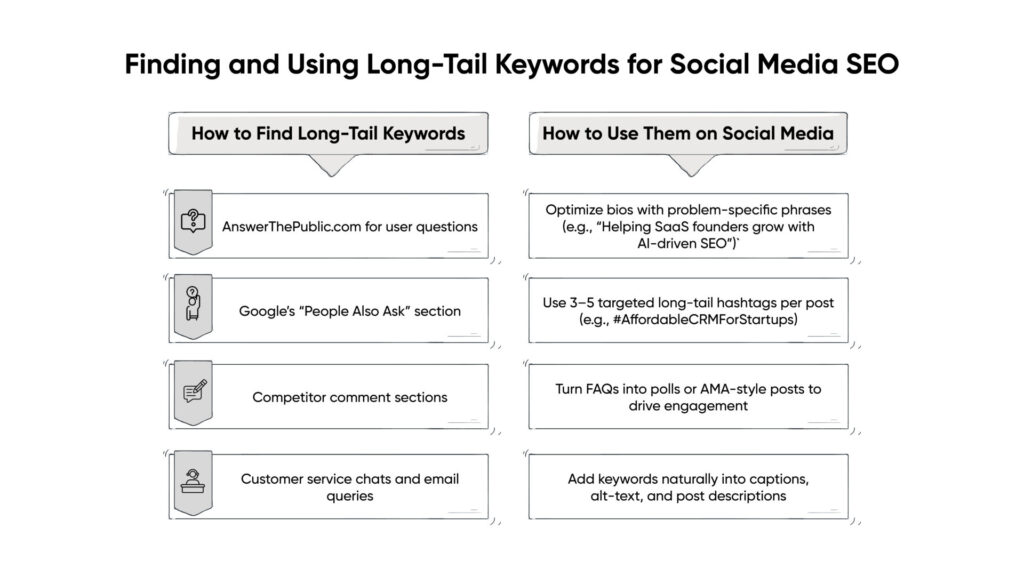
Success metric: Long-tail optimized posts should see 15–25% higher CTR than generic ones
5. Backlinks Beyond Outreach
Instead of only cold outreach, try these social-driven strategies:
- HARO: Answer 3–5 queries weekly. Expect ~1 backlink per 10–15 responses
- Broken link building: Find broken links with Check My Links, create replacements and reach out with a friendly DM
- Micro-influencer collabs: Instead of “post for exposure,” ask them to link your resource in a newsletter or blog
Also Read: Why Backlinks Still Matter
6. Stay Ahead with Niche Trends
By the time something hits mainstream alerts, it’s old news. Use social to spot trends early:
- Where to look:
- Reddit (sort by “Rising”)
- Discord servers
- X lists
- Instagram hashtags (“Recent”)
- Tools: Google Trends, BuzzSumo, Exploding Topics
Action plan: If you spot a trend with <10 Google results, publish content within 48–72 hours for a fast ranking opportunity.
7. Paid Social for Organic SEO Wins
Use paid ads to test what copy and keywords resonate, then apply winners to SEO.
Framework:
- Create 4–6 ad variations (~INR 2000 each)
- Track CTR, engagement, conversions
- Apply best-performing copy to meta titles, descriptions, H1s and anchor text
Focus areas: Headlines, CTAs, value props, keyword variations
Bonus: Optimized meta descriptions can lift organic CTR by 15–30%
Technical SEO checklist:
- Page speed <3s
- Max 3 clicks from homepage
- Use WebP + lazy loading for images
- Mobile-first design
- Schema markup
Also Read: SEO vs. AIO
8. Social Platforms as Search Engines
Each platform offers unique SEO advantages:
- YouTube: Best for how-to/tutorials. Optimize titles, descriptions, thumbnails. Aim for 10+ min watch time.
- Instagram: Best for discovery/visuals. Use alt-text, optimize Reels, tag products. Good engagement = 3–5%.
- Pinterest: High purchase intent. Optimize boards and pin descriptions. Pins can drive traffic for months.
- LinkedIn: Best for B2B. Publish long-form content, engage in groups. Track profile views and connections.
Rule: Focus on 2–3 platforms where your audience actively searches.
9. Influencers are Backlink Builders
Micro-influencers (10K–100K followers) can drive backlinks through blogs, newsletters, and mentions.
Strategy:
- Target influencers with 3%+ engagement who link to external resources.
- Offer free tools, data, or interviews.
- Ask for blog mentions, not just social posts.
How to find them: BuzzSumo, Ahrefs competitor backlinks, industry hashtags, newsletters, podcasts
ROI: Strong partnerships = 1–3 quality backlinks per collab
Final Take: A Unified Strategy
Social Media SEO Implementation Roadmap (2025)
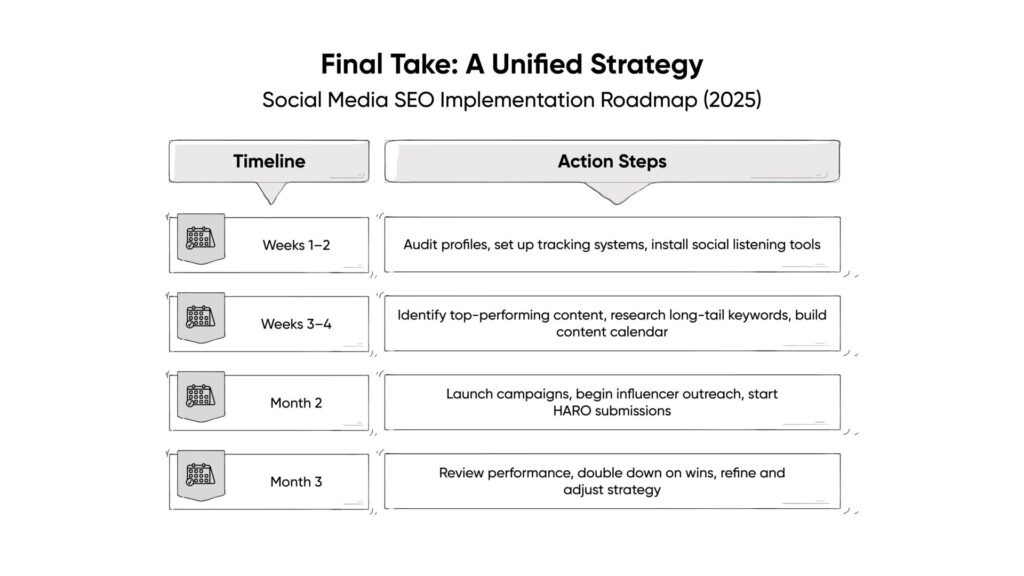
Key metrics to track:
- Organic traffic from social referrals
- Branded search volume
- Backlinks from social
- Social engagement → site visits
- Local SEO improvements
Timeline: Expect branded search growth in 4–6 weeks, ranking improvements in 8–12 and strong organic traffic growth in 3–6 months
About The Wise Idiot
We’re The Wise Idiot, and yes, that’s really our name. We’re a content marketing agency that’s been helping startups and growing brands tell their stories since 2017.
Here’s what we do: we take the stuff that makes your business special and turn it into content that actually works. Whether that’s writing that doesn’t put people to sleep, websites that make visitors stick around, or social media that gets people talking, we handle it all.
FAQs
Does social media directly affect SEO rankings?
No, social signals like likes and shares aren’t direct ranking factors. But they drive traffic, backlinks and branded searches that support SEO indirectly.
How does social media help local SEO?
Location tags, hashtags, reviews and city-specific content improve visibility in local searches, both on social platforms and Google.
What type of content works best for SEO on social media?
Repurposed content that’s platform-specific (e.g., carousels on Instagram, tutorials on YouTube, insights on LinkedIn) performs best for engagement and backlinks.
How long does it take to see results from combining social media and SEO?
Most brands see branded search growth in 4–6 weeks, ranking improvements in 8–12 weeks, and significant organic traffic lifts within 3–6 months.

